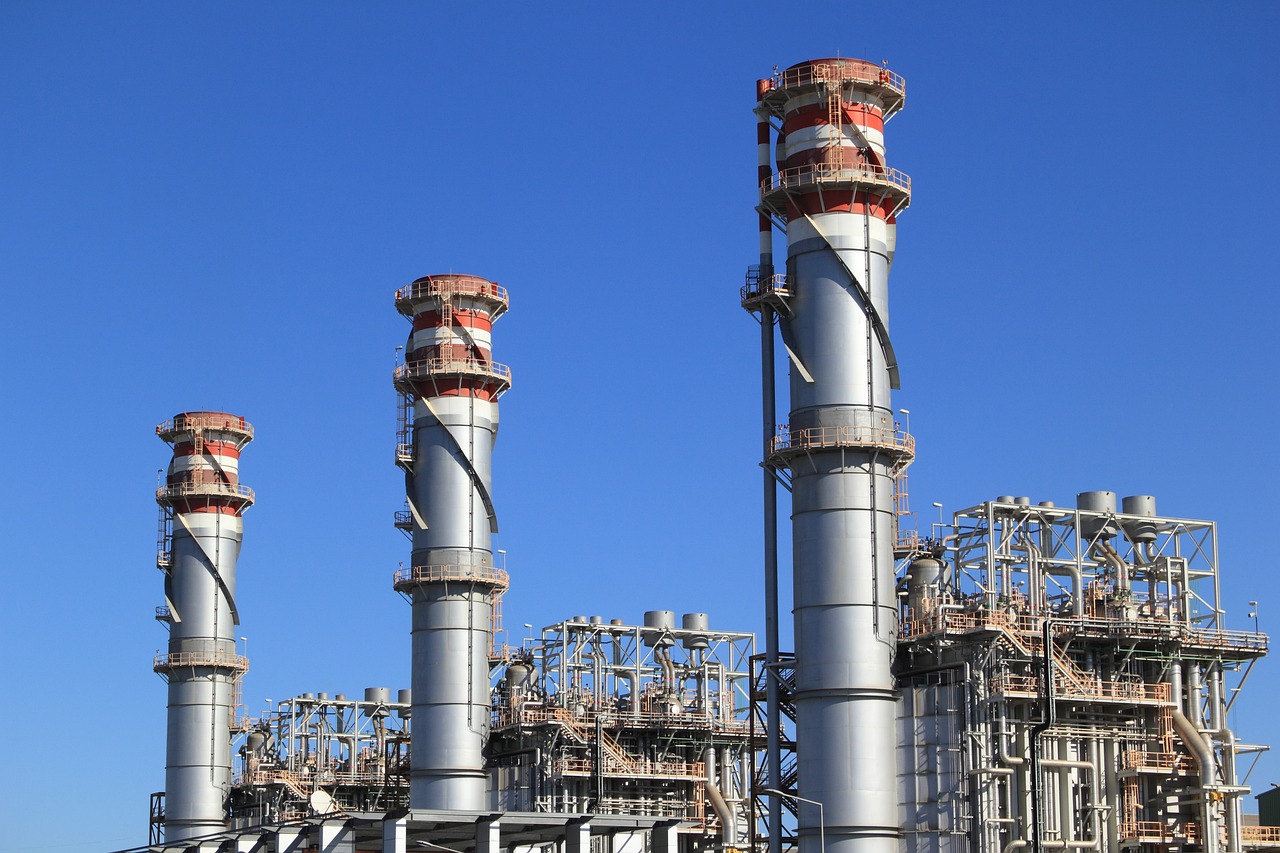Introduction
The world’s water resources are under increasing pressure due to population growth, industrialization, and climate change. Desalination, the process of converting seawater into freshwater, has emerged as a vital solution to address water scarcity. Thanks to rapid advancements in technology, desalination is undergoing a revolution, making freshwater more accessible and affordable than ever before. In this article, we explore the cutting-edge technologies revolutionizing desalination and driving down costs.
1. Reverse Osmosis (RO) Breakthroughs
Reverse osmosis is a widely used desalination method that involves forcing seawater through a semi-permeable membrane to remove salts and impurities. Recent breakthroughs in RO technology have significantly improved energy efficiency and reduced operational costs.
Improved Membrane Materials: Innovative membrane materials enhance water permeability while maintaining salt rejection rates. This means less energy is needed to push water through the membrane, reducing energy costs.
Energy Recovery Devices: Energy recovery devices, such as pressure exchangers and isobaric chambers, capture and reuse energy from the brine discharge stream to pressurize incoming seawater. This “energy recycling” reduces the overall power consumption of desalination plants.
2. Forward Osmosis (FO)
Forward osmosis is an emerging technology that uses a draw solution with lower osmotic pressure to extract freshwater from seawater. FO shows promise in reducing energy requirements and operational costs.
- Lower Energy Demands: FO requires less energy compared to traditional RO, making it a more cost-effective option for desalination.
3. Solar Desalination
Harnessing solar energy for desalination is gaining traction. Solar desalination technologies, including solar stills and solar-assisted multi-effect distillation (MED), use sunlight to generate freshwater.
- Reduced Operating Costs: Solar desalination relies on a free and abundant energy source, reducing operational costs and making freshwater more affordable, particularly in regions with abundant sunlight.
4. Electrodialysis
Electrodialysis utilizes ion-exchange membranes and an electric field to separate salt ions from water. Recent developments in electrodialysis technology have improved its efficiency and affordability.
- Efficiency Improvements: Enhanced electrode materials and stack designs have boosted the efficiency of electrodialysis, making it a cost-effective alternative for brackish water desalination.
5. Zero-Liquid Discharge (ZLD) Systems
Zero-liquid discharge systems are designed to recover and reuse almost all of the water from the desalination process, leaving behind minimal or no brine discharge. ZLD technologies are becoming more efficient and cost-effective, reducing environmental impacts and disposal costs.
- Resource Recovery: ZLD systems enable the recovery of valuable minerals and chemicals from the brine, generating additional revenue streams and offsetting operating expenses.
6. Nanotechnology
Nanotechnology is being applied to improve desalination processes. Nanomaterials, such as graphene-based membranes and nanofiltration systems, enhance the selectivity and permeability of membranes, leading to reduced energy consumption and lower costs.
- Enhanced Filtration: Nanotechnology enables the development of membranes with finer pores, allowing for more efficient removal of salts and impurities.
7. Internet of Things (IoT) and Automation
IoT sensors and automation are transforming desalination plant operations. These technologies enable real-time monitoring and control of various parameters, optimizing energy consumption and reducing maintenance costs.
- Predictive Maintenance: IoT sensors collect data on equipment performance, enabling predictive maintenance to prevent costly breakdowns and downtime.
8. Artificial Intelligence (AI) and Machine Learning
AI and machine learning algorithms are being used to optimize desalination processes. These technologies analyze data from sensors and adjust operational parameters in real time for maximum efficiency.
- Energy Optimization: AI algorithms can predict energy demand patterns and adjust desalination plant operations to minimize energy costs during peak periods.
Conclusion
The ongoing technological revolution in desalination is making freshwater more accessible and affordable for regions grappling with water scarcity. Innovations in reverse osmosis, forward osmosis, solar desalination, electrodialysis, zero-liquid discharge systems, nanotechnology, IoT, and AI are driving down costs and improving the sustainability of desalination processes. As these technologies continue to advance, they hold the promise of not only meeting the world’s growing demand for freshwater but also mitigating the environmental impact of desalination, making it an increasingly viable solution for addressing water scarcity challenges worldwide.














